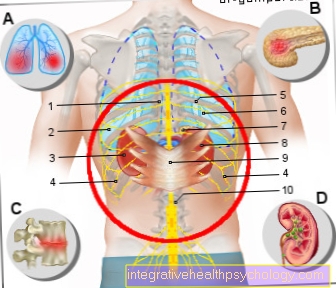Causes of Hot Flashes
introduction
Hot flashes are short episodes in which the blood vessels in certain areas of the body widen and are flooded with warm blood. In most cases, the heat wave begins in the chest and then spreads over the entire body. Immediately afterwards, there is strong sweating in the affected areas and then a slight chill.
Some people experience hot flashes again and again and some others only at a certain stage in life. There are many reasons for these hot flashes.

The most common causes of hot flashes
First, the most common causes are briefly listed:
- Hormone fluctuations
- pregnancy
- Various diseases
- Obesity
- Certain medications
The most common cause of hot flashes is the hormonal fluctuations during menopause.
However, there are other reasons for hot flashes as well. Changes during pregnancy can also be the cause. Some illnesses can also trigger hot flashes. These include hyperthyroidism and some cardiovascular diseases.
People who are overweight are also more likely to experience hot flashes. Changes in hormonal balance can affect everyone for different reasons. Certain medications can also cause hot flashes when taken.
Causes in women
Menopause
The most common cause of hot flashes is climacteric, also known as menopause. Similar to puberty, the woman's body has to completely adapt.
The hormone production decreases significantly and many women initially suffer from a lack of progesterone and estrogen. The temperature regulation in the body is directly related to the sex hormones and the significant reduction in hormones can shift the setpoint values. Over 90 percent of all women struggle with hot flashes at least briefly during menopause. Women who have rapid menopause have more severe symptoms during this period, as the drop in hormones comes very suddenly.
During menopause, hot flashes often follow a typical pattern. The vessels in the face and chest area widen first and the typical flush is formed, i.e. the red color of the head and décolleté. The hot flash then spreads over the body and a sweat with a slight shiver follows. The whole wave usually lasts no more than five minutes. If the symptoms are severe, hormone replacement therapy can help and facilitate the transition to postmenopause.
Also read the article on the topic: Hot flashes without menopause
pregnancy
Pregnancy is also a phase in which there are strong hormone fluctuations.
The hormonal situation differs depending on the stage of pregnancy and the frequent changes have many consequences for women, including hot flashes. However, these hot flashes are very natural and usually end with the normalization of hormones after birth.
Find out more at: Hot Flashes During Pregnancy
You might also be interested in these topics:
- Night sweats during pregnancy
- Dry skin during pregnancy
ovulation
The woman's monthly cycle and hormonal fluctuations have a direct influence on body temperature. In the first half of the cycle, the woman's body temperature is about 0.5 degrees lower than after ovulation. A temperature measurement can therefore also be used to determine ovulation.
This change in temperature happens relatively quickly and can therefore lead to brief hot flashes. However, these subside after a few hours. The changed body temperature is a natural process and not a disease.
- Ovulation and temperature - what is the relationship?
- These symptoms accompany ovulation
period
The female cycle lasts approximately 28 days. This means that the hormones change over and over again within this period.
Since hormonal changes are a common cause of hot flashes, the monthly fluctuation is sufficient for sensitive women to achieve this effect. Since a hormone deficiency is particularly the cause of hot flashes, withdrawal bleeding during the pill break is also a possible cause. The birth control pill usually consists of progesterone and estrogen, and both hormones can cause hot flashes in the event of a sudden deficiency. Women with other risk factors, such as age near the climacteric or overweight, are particularly more likely to suffer from hot flashes during their period. For some people, taking a contraceptive pill, which does not have to be interrupted, can help. Without the loss of hormones, the hormone levels remain constant over the month and there are fewer hot flashes.
More information on this topic:
- Menstrual period
Causes in men
Although women are more often affected, men can also suffer from hot flashes.
While women always reach menopause at some point and are therefore no longer able to reproduce, men are usually able to reproduce well into old age. However, the hormone levels, especially testosterone, also decrease significantly in older men. Testosterone has a similar influence on the body's temperature regulation as estrogen. If the concentration decreases, men can experience hot flashes as well.
In addition to the sex hormones, there are also diseases that, regardless of gender, can cause hot flashes. Obesity can be a cause of hot flashes in both sexes. Graves' disease, an autoimmune-mediated hyperthyroidism, does not only affect women. Men are affected less often, but they can also get this form of hyperthyroidism with all symptoms, including hot flashes. Cardiovascular diseases can also cause hot flashes, as these are directly related to the sudden widening of blood vessels. These even affect men more often than women.
Also read:
- Hot flashes in men
- Testosterone deficiency
These conditions can lead to hot flashes
Thyroid disorders
An overactive thyroid, also known as hyperthyroidism, means that the thyroid is producing too many hormones for a variety of reasons. The hormones of the thyroid gland affect the metabolism and the cardiovascular system. In the case of overproduction, the metabolism is boosted and this increases the body temperature. However, this is just one mechanism by which hyperthyroidism leads to hot flashes.
Hot flashes are often spontaneous episodes in which the heat spreads throughout the body within a few minutes and then leads to sweats. Most of these have a vasomotor cause. This means that for a short time the blood vessels are widened and warm blood floods the respective body area. The widening of the vessels is a measure that the body takes when the blood pressure is too high, which can also be caused by thyroid hormones.
The thyroid hormones can also significantly increase the heart rate and thus also affect the circulation. The combination of these mechanisms of action often leads to the well-known hot flashes in people with an overactive thyroid. Menopausal women are particularly badly affected, as the lack of estrogens also causes hot flashes and the effects of an overactive thyroid add up.
In addition to the direct effects on body temperature and the circulation, an overactive thyroid also leads to a changed perception of temperatures and a decrease in heat tolerance. In addition, those affected are often nervous and show increased activity. This increased activity is associated with more muscle work and can therefore also contribute to an increase in the body's heat and sweat production.
In addition to hot flashes, those affected by an overactive thyroid also show many other symptoms that can be attributed to the increased metabolism. If it is severe, a diagnosis using ultrasound and laboratory tests should be carried out, as cancer of the thyroid gland can also lead to hyperthyroidism.
Also read:
- Symptoms of an overactive thyroid
- Hot Flashes and Thyroid - What is the Link?
diabetes
Diabetes is characterized by high blood sugar levels.
These high sugar levels can attack the blood vessels and cause various cardiovascular diseases. In turn, these can also trigger hot flashes in some cases. Diabetes alone, without the long-term effects, is not a typical trigger for hot flashes. A well-adjusted sugar level can prevent many long-term effects, but cannot reverse them afterwards. Regular checks and therapy adjustments are therefore necessary.
fever
In the event of a fever, the setpoint in the temperature control changes for various reasons, for example bacterial infections. Since this change in setpoint value is not constant but fluctuates, those affected often alternate between hot flashes and chills.
If the fever is unclear, a doctor should always be consulted to determine the cause. The fever can then be lowered with ibuprofen, paracetamol, or other means. Once the infection clears, the hot flashes usually subside too.
cold
A cold is a generic term for infectious diseases that can be accompanied by a cough, fever, runny nose and sore throat.
The fever is decisive for the hot flashes, since the change in the setpoint of the body temperature leads to fluctuations and erroneous perceptions of the temperature. Hot flashes occur particularly when the fever is lowered quickly. Some combination products from the pharmacy can also cause hot flashes, as many of these drugs contain caffeine.
allergy
A strong allergic reaction can lead to allergic shock.
A very high pulse rate is typical of a shock, which can feel like a hot flash for those affected. The fear of allergic shock, which is potentially life-threatening, also activates the circulation. The blood pressure drops in shock, which can be explained by dilated vessels. A lot of warm blood flows in these dilated vessels and thus also triggers hot flashes.
Iron deficiency
The human body needs iron for the production of hemoglobin, the red blood pigment. This is responsible for the transport of oxygen in the blood. Iron deficiency therefore typically leads to fatigue and paleness, not hot flashes.
However, women are often affected by iron deficiency during their period, so that the iron deficiency and the hot flash can occur independently of one another at the same time. An iron deficiency can be treated well through an appropriate diet and substitution of iron.
You might also be interested in these topics:
- Symptoms of iron deficiency
- Causes of Iron Deficiency
Vitamin deficiency
The body needs many different vitamins in different amounts for many metabolic processes.
If there is a lack of vitamin D, which results from insufficient exposure to sunlight, the muscles cannot be supplied with sufficient nutrients and oxygen.The movements become significantly more strenuous and lead to a feeling of warmth and profuse sweating. However, this is not a classic hot flash.
- Vitamin deficiency
Tumor diseases
Depending on the type of cancer, hot flashes can also occur.
One reason for this can be a change in hormone levels, as some forms of cancer can also produce or inhibit hormones. In addition, cancer is often associated with so-called B symptoms. This means that people suffer from night sweats, fever, and weight loss. Fluctuations in body temperature, in particular, can spontaneously lead to hot flashes. Many cancer drugs also have a great impact on the whole body and therefore also have many side effects.
Psychosomatic causes of hot flashes
The psyche and the body are very closely interwoven. In the event of psychological stress, stress hormones are released and these stimulate the circulation and can also trigger hot flashes.
But other stressful events, some of them from very old memories, can trigger physical symptoms. In many cases, the affected person is completely unaware that his hot flashes are psychosomatic phenomena. With the help of psychosomatic doctors or therapists, these causes can be uncovered and processed.
More information on this topic:
- Psychosomatics
stress
Stress is not a purely psychological phenomenon, but is associated with many physical symptoms.
Blood pressure and heart rate both increase significantly, which can lead to increased blood flow via certain stress hormones. This can also cause hot flashes. Stressful situations in particular, from which we cannot escape, have this effect. This includes exam situations and conflicts with people close to you. High amounts of cortisol, such as those released during chronic stress, can also trigger hot flashes.
Also read:
- Consequences of stress
These drugs can cause hot flashes
Many drugs that somehow influence the hormonal balance or the cardiovascular system also have hot flashes in the list of side effects.
Examples of this are cortisol supplements, the birth control pill and drugs for arrhythmias. Many cancer drugs can also trigger hot flashes. However, a possible side effect does not mean that every patient develops hot flashes after taking it, just that these side effects have already been observed.
Cortisone
Cortisone is the body's own stress hormone, which increases blood pressure and downregulates the immune system.
In many autoimmune diseases, cortisone is also given as a drug. In the event of a severe overdose or an excessive body's own production, high blood pressure and a flush, the red color of the face and cleavage, occur. This is perceived as a hot flash by those affected. The production of cortisone is increased particularly in the case of chronic stress and tumors of the pituitary gland.
Read our topic:
- Side effects of cortisone
pill
The classic birth control pill is a combination preparation made from estrogens and progesterone. Both hormones have a direct influence on body temperature. When the levels drop, they lead to hot flashes. Since most pills are only taken for 21 days and then paused for 7 days, hormone withdrawal occurs. The hormone levels drop and there is periodic withdrawal bleeding and the typical hot flashes. A pill that is taken constantly and is not paused, the so-called mini pill, does not have this effect. In the event of severe symptoms, women affected can therefore switch to such preparations.
Read more about this:
- Side effects of the pill
Tamoxifen
Tamoxifen is a drug used to treat breast cancer.
Breast cancer can have specific docking points for estrogens and can be stimulated to grow by estrogens. Tamoxifen blocks these docking sites and thus simulates an estrogen deficiency. A lack of estrogen, in this case a relative deficiency, affects the body's temperature control and can trigger hot flashes. The affected women are artificially put into menopause.
More information on this topic:
- Hormone therapy for breast cancer
- Treatment of breast cancer
Other causes of hot flashes
coffee
There is caffeine in coffee and some other beverages. In addition to its stimulating effect, caffeine also has many effects on the cardiovascular system. Caffeine increases the heart's beating power and also increases blood pressure and pulse.
In addition, caffeine widens the peripheral vessels, i.e. blood vessels in the skin, and these can be flooded with warm blood. With high caffeine consumption, this combination of effects can lead to hot flashes. Less caffeine consumption can quickly solve this problem.
alcohol
The consumption of alcohol leads to a widening of the external blood vessels. For this reason, many say that alcohol, especially mulled wine, makes them warm. However, the body temperature does not rise, but even falls, since the wide blood vessels are close to the cool outside environment.
Some people are very reactive to alcohol and experience not only a sensation of warmth, but an immediate hot flush. This is also only a harbinger of the actual hypothermia and should not be used to warm up.
Also read our topics:
- Consequences of alcohol
- Alcohol intolerance

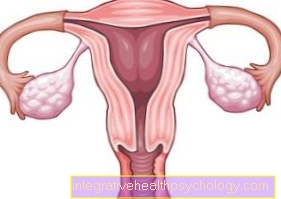
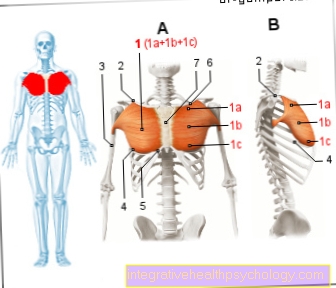
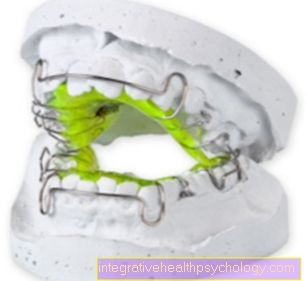

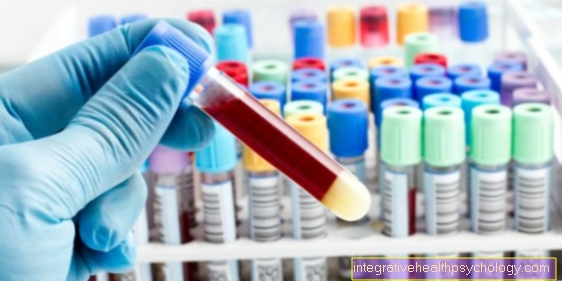
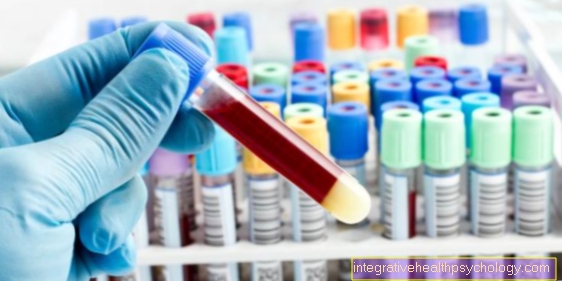


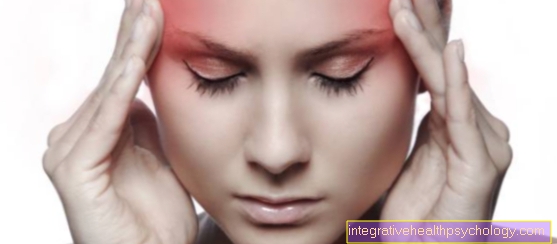


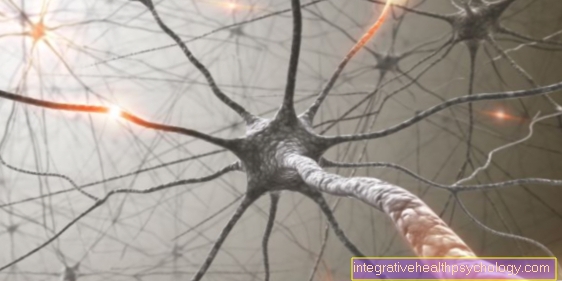

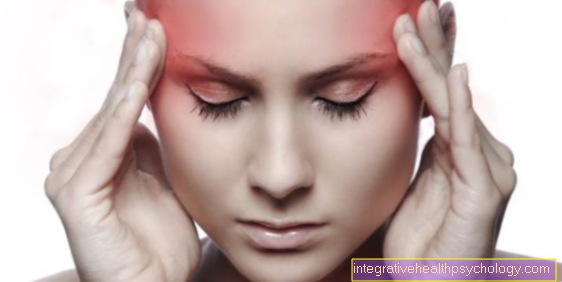



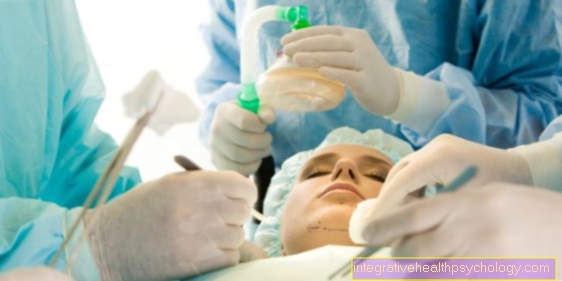


.jpg)


